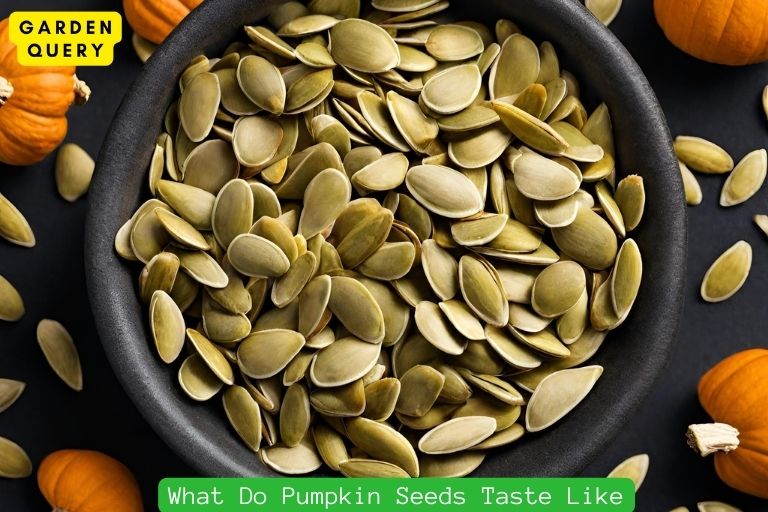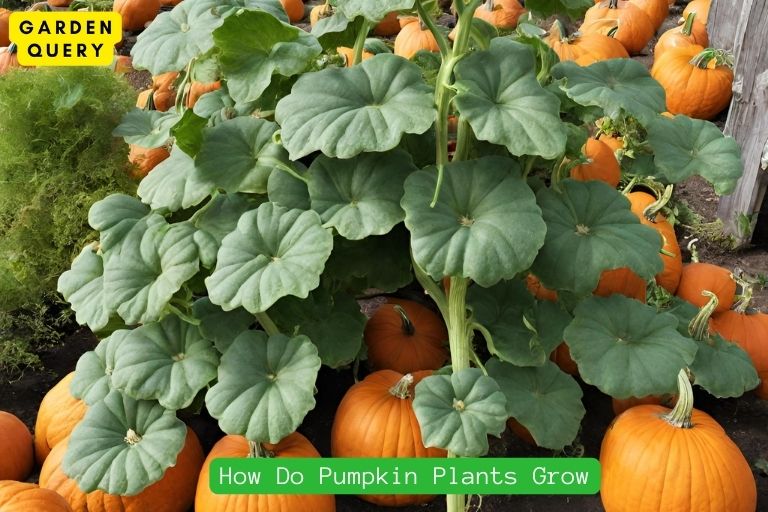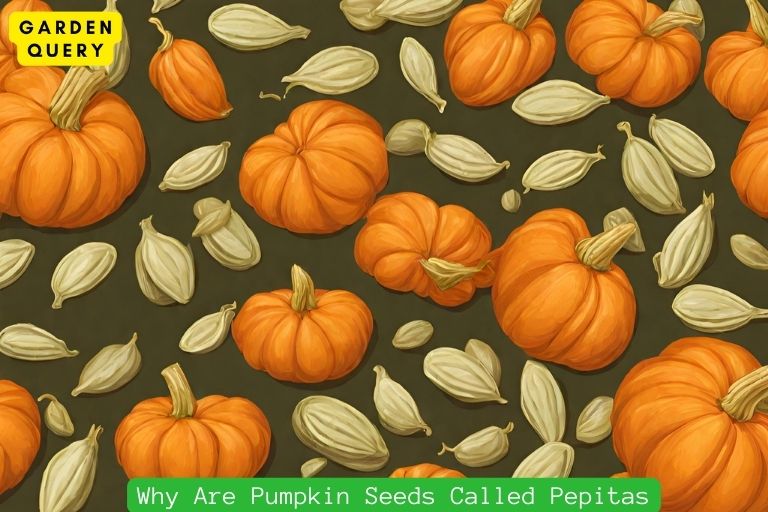Are Pumpkins Berries?
Yes, pumpkins are berries from a botanical standpoint, defined by their fleshy pericarp and enclosed seeds, aligning with the criteria for berry classification.
- Botanical Criteria: The classification of berries hinges on specific botanical characteristics, and pumpkins meet these criteria. Botanically, berries are defined as fruits produced from a single ovary, with fleshy pericarps and seeds embedded within. Pumpkins develop from the fertilized ovary of a flower, displaying these defining features.
- Fruit Classification: In botanical terms, all pumpkins are fruits, but not all fruits are berries. The term “berry” is a subset within the larger category of fruits, emphasizing the specific structural attributes shared by berries, including pumpkins.
- Pumpkins as a Type of Berry: Pumpkins belong to the gourd family, Cucurbitaceae, and are considered a specific type of berry. Their large size and culinary applications might obscure this botanical reality, but the science behind their classification as berries remains clear.
- Fleshy Pericarp and Enclosed Seeds: The fleshy pericarp of a pumpkin surrounds the seeds, meeting the botanical definition of a berry. This contrasts with other fruits where the seeds may be dispersed throughout the fruit or surrounded by a harder pericarp.
- Culinary Distinction: While pumpkins are botanically berries, their culinary classification often veers toward vegetables due to their common use in savory dishes. This duality adds to the complexity of understanding pumpkins both scientifically and gastronomically.
Key Takeaway
Pumpkins as Berries
Have you ever wondered if pumpkins are actually berries? It’s a common question that arises especially during the fall season when pumpkins are in abundance.
Let’s dive into the world of berries and pumpkins to find out more.
What defines a berry?
To determine whether pumpkins can be classified as berries, it's important to understand the characteristics of a berry.
Botanically speaking, berries are fruits that develop from a single ovary and typically contain multiple seeds. They are fleshy and often have a soft or semi-soft consistency.
Examples of berries include blueberries, strawberries, and raspberries.

What are pumpkins?
Pumpkins are a type of squash belonging to the Cucurbitaceae family. They are typically large, round or oblong in shape, and have a thick rind.
Many people associate pumpkins with the autumn season and they are commonly used for decorative purposes, as well as in various culinary dishes and desserts.
Now, here’s where it gets interesting. Botanically speaking, pumpkins are actually considered to be a type of berry known as a “pepo.” A pepo is a berry with a hard, thick rind or exocarp.
Other fruits that fall under the category of pepo include cucumbers and watermelons. So yes, despite their size and appearance, pumpkins can be classified as a type of berry.
It’s worth noting, however, that in culinary terms, pumpkins are not typically referred to as berries. This is because the culinary definition of a berry often refers to small, sweet fruits that are eaten fresh.
Pumpkins, on the other hand, are generally cooked or used in desserts rather than eaten raw.
While pumpkins may not fit the traditional culinary definition of a berry, they do fall under the botanical classification of a berry known as a pepo.
So the next time you enjoy a slice of pumpkin pie or carve a pumpkin for Halloween, you can impress your friends with the knowledge that pumpkins are indeed berries, albeit in a botanical sense.
Read more:Are Pumpkins Berries?
Characteristics of Berries
Typical characteristics of berries
When you think of berries, you probably envision small, colorful fruits like strawberries and blueberries. But what exactly makes a fruit a berry?
Berries typically share the following characteristics:
- Small Size: Berries are generally small in size, making them easy to hold and eat. They are often bite-sized and can be consumed in one or two mouthfuls.
- Fleshy Pericarp: The pericarp, or the outer layer of the fruit, of a berry is typically soft and fleshy. This gives berries their juicy and succulent texture.
- Multiple Seeds: Berries contain multiple seeds embedded in the flesh of the fruit. These seeds are usually small and often go unnoticed when eating the berry.
- Derived from a Single Ovary: Berries develop from a single ovary, which is the female reproductive part of a flower. This means that all the ovules within the ovary mature into seeds.
Do pumpkins meet these characteristics?
Now, let's consider whether pumpkins meet the typical characteristics of berries.
- Size: While pumpkins can vary in size, they are generally much larger than what we traditionally think of as berries. Pumpkins can grow to be quite large and are more commonly associated with Halloween decorations or pie fillings.
- Pericarp: Pumpkins have a hard, thick skin and a fibrous flesh, which sets them apart from the soft and fleshy pericarp of berries. The texture of a pumpkin is more reminiscent of other gourds and winter squash varieties.
- Seeds: Pumpkins do have multiple seeds, similar to berries. However, the seeds in a pumpkin are relatively large and noticeable, unlike the tiny seeds often found in berries.
- Derived from a Single Ovary: Like all fruits, pumpkins develop from the ovary of a flower. However, they typically have multiple ovaries, each contributing to the formation of the fruit.
Based on these characteristics, it can be concluded that pumpkins do not meet the typical characteristics of berries.
While they are a type of fruit, pumpkins have distinct qualities that make them more aligned with other types of gourds and squash.
Understanding the characteristics of different fruits, including berries and pumpkins, can help us classify them and appreciate their unique qualities.
So next time you enjoy a berry, you can appreciate its small size, fleshy pericarp, multiple seeds, and origin from a single ovary.
And when you think of pumpkins, you can recognize them as a member of the gourd family rather than a berry.
Pumpkin Anatomy
In the spirit of fall and Halloween, it’s only fair to explore one of the most iconic symbols of the season – the pumpkin.
While pumpkins are widely enjoyed during this time of year, many people are left wondering, are pumpkins berries?
Understanding the anatomy of a pumpkin
To answer this question, it's important to understand the anatomy of a pumpkin. A pumpkin is a fruit, specifically a type of winter squash.
It has a thick, hard outer shell, known as the rind, and contains pulp, seeds, and fibrous strands within.
The pulp is the edible part of the pumpkin and is often used to make pies, soups, and other delicious treats. The seeds, on the other hand, are typically roasted and enjoyed as a snack.
Comparing pumpkin anatomy with berries
When comparing the anatomy of a pumpkin with that of a berry, there are some notable differences.
Berries are typically small, juicy fruits that have a fleshy pericarp (the part that surrounds the seed).
They often have a soft skin and contain multiple seeds inside. Examples of berries include strawberries, blueberries, and raspberries.
In contrast, pumpkins have a hard external rind and a thick, fibrous interior.
While they do contain seeds, they lack the fleshy pericarp that is characteristic of berries. Therefore, pumpkins cannot be classified as berries based on their anatomy.
It’s worth noting that the term “berry” is often used colloquially to refer to any small, round fruit. In this broader sense, some people may consider pumpkins to be berries.
Ultimately, the classification of pumpkins as berries depends on the specific definition being used.
So, the next time you carve a pumpkin or enjoy a pumpkin-flavored treat, remember that while pumpkins are indeed a fruit, they are not technically classified as berries
Botanical Classification of Pumpkins
How are fruits classified botanically?
To understand whether pumpkins are berries or not, it’s important to first understand how fruits are classified botanically.
In botany, fruits are categorized based on their ovary structure after fertilization. There are various classifications, including berries, drupes, pomes, and more.
Read More: How Canned Pumpkin Is Made?
Is pumpkin classified as a berry?
Contrary to popular belief, pumpkins are not classified as berries. Botanically speaking, berries are defined as fleshy fruits that develop from a single ovary and have multiple seeds.
Examples of true berries include grapes, tomatoes, and bananas. Pumpkins, on the other hand, fall under the category of a pepo, which is a type of berry-like fruit with a hard rind.
Pepos are characterized by their thick, hard exterior and a fleshy interior that contains multiple seeds.
Other fruits that belong to the pepo category include cucumbers, watermelons, and squash.
While pumpkins may share some similarities with berries in terms of their sweet taste and culinary uses, their botanical classification distinguishes them as a different type of fruit.
It’s worth noting that the term “berry” is often used colloquially to refer to any small, edible fruit. This is where the confusion may arise when it comes to classifying pumpkins.
From a botanical standpoint, pumpkins do not meet the criteria to be classified as berries.
Pumpkins are not berries according to botanical classification. They belong to the pepo category, which is a type of fruit with a hard exterior and multiple seeds.
The botanical classification of fruits can help clear up any confusion and provide a more accurate understanding of the different types of fruits we encounter.
Culinary Uses of Pumpkins
Pumpkins are a staple ingredient in many delicious recipes, especially during the fall season. Whether it’s homemade pumpkin pie, roasted pumpkin seeds, or savory pumpkin soup, these versatile gourds are a favorite in the kitchen.
But have you ever wondered if pumpkins are actually berries?
Read More: How Do Pumpkin Seeds Grow?
Popular culinary uses of pumpkins
When it comes to culinary uses, pumpkins are incredibly versatile. Their sweet, earthy flavor can be incorporated into both sweet and savory dishes.
Here are some popular pumpkin recipes:
- Pumpkin Pie: A classic dessert made with a creamy pumpkin filling, flavored with spices like cinnamon, nutmeg, and cloves, baked in a flaky pastry crust.
- Pumpkin Soup: A comforting and hearty soup made with roasted pumpkins, onions, and a blend of aromatic spices.
- Pumpkin Bread: Moist and flavorful bread made with pumpkin puree, spices, and sometimes nuts or chocolate chips.
- Pumpkin Seeds: Roasted pumpkin seeds are a popular snack, packed with nutrients and delicious when seasoned with salt, spices, or sweeteners.
- Pumpkin Risotto: Creamy and flavorful, this dish combines roasted pumpkin with Arborio rice, stock, and seasonings.
How does the classification as a berry affect pumpkin recipes?
Contrary to what many people may think, pumpkins are actually considered a fruit and not a vegetable.
However, they are not classified as berries. Pumpkins belong to the Cucurbitaceae family, which includes cucumbers and melons.
While the classification as a berry doesn’t directly impact pumpkin recipes, it’s interesting to note that berries typically have certain characteristics like a soft and juicy flesh and small seeds on the inside.
Pumpkins, on the other hand, have a thick, fibrous flesh and large seeds in the center.
Knowing the classification of fruits can be helpful when it comes to experimenting with different flavors and textures in recipes.
The characteristics of different fruits can provide inspiration for creating unique combinations and exploring new culinary possibilities.
Pumpkins are a versatile fruit that can be used in a wide variety of culinary creations.
Whether you’re making a delectable pumpkin dessert or a hearty pumpkin soup, these vibrant gourds offer a burst of flavor and a touch of autumn in every bite.
Read More: Pumpkin
Common Misconceptions about Pumpkins
When you think of pumpkins, what comes to mind? Fall decorations, pumpkin pies, and maybe even pumpkin spice lattes?
But did you know that there are some common misconceptions surrounding these popular gourds? Let’s explore them and set the record straight.
Exploring common misconceptions about pumpkins
Despite their popularity, there are a few misconceptions about pumpkins that many people believe to be true. Let’s uncover the truth behind these misconceptions:
Are pumpkins commonly mistaken for berries?
One common misconception is that pumpkins are berries. However, this is not the case. Pumpkins are actually considered a type of fruit.
More specifically, they fall into the category of a “pepo” fruit, which is a fruit with a hard rind and soft interior. Other examples of pepo fruits include cucumbers, watermelons, and zucchinis.
The confusion might arise because pumpkins have seeds inside, which is a characteristic often associated with berries.
Botanically speaking, berries are defined as fruits that develop from a single ovary, with the seeds contained within the fruit itself.
Pumpkins, on the other hand, develop from multiple ovaries and have their seeds housed in a central cavity.
So, while pumpkins are not classified as berries, they are indeed a fruit. This misconception is just one example of how common misunderstandings can spread.
In conclusion, it’s important to clarify misconceptions about pumpkins to ensure accurate information is shared. Pumpkins are not berries, but they are a type of fruit.
The botanical classification of pumpkins can help dispel any confusion and provide a deeper appreciation for these versatile gourds.
- Best Therapists In Dallas - February 1, 2024
- Holly Willoughby Husband: Holly Willoughby’s Love Story - January 30, 2024
- Holly Willoughby Dress: 5 Style Secrets and 7 Must-Know Career Milestones - January 30, 2024





